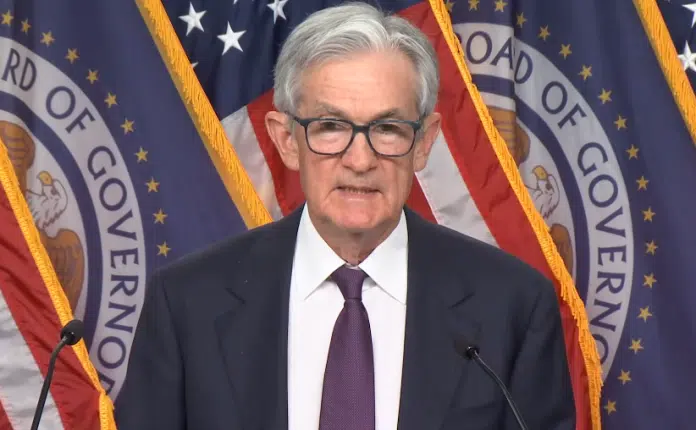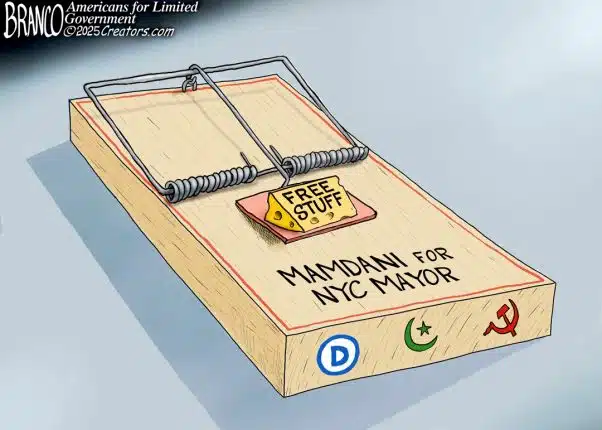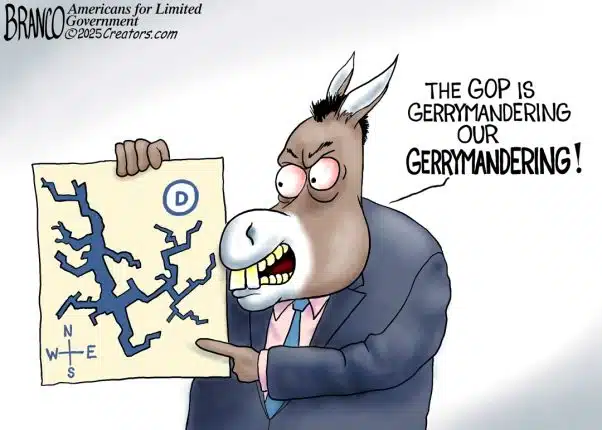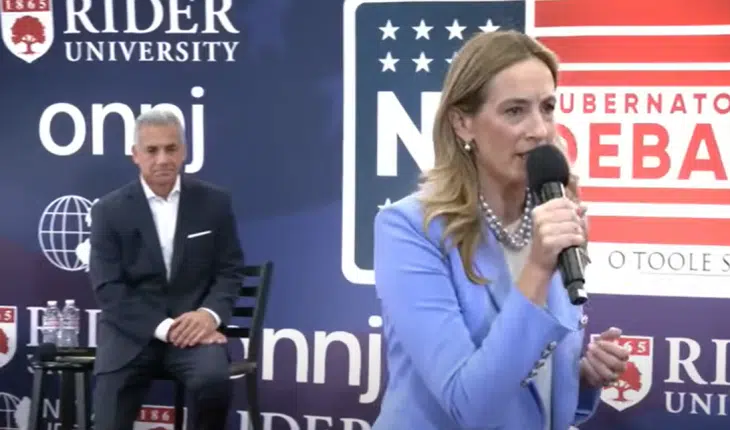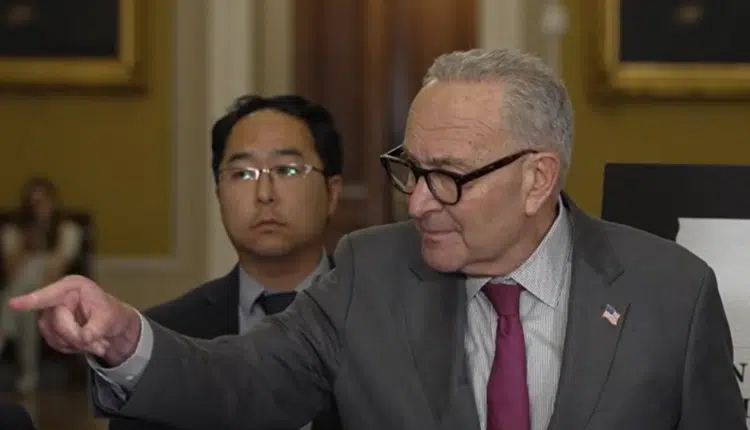Speaking this past Sunday on NBC’s Meet the Press, Treasury Secretary Timothy Geithner was of two minds — or shall we say two faces — about the American people’s level of debt and the causes of the financial crisis.
First, he said “we’ve been living beyond our means as a country, Americans have been borrowing too much, and [there has been] a huge growth in risk taking and leverage in the financial system.”
This, he claims, helped bring on the financial crash. On July 21st on “Charlie Rose,” Geithner said, “this is a crisis in part because — caused by the fact people were living beyond their means for a long period of time.”
But, later in the Meet the Press interview Mr. Geithner touted “emergency measures we had to put in place in the financial sector” that were designed to assist in “bringing down the cost of borrowing”. To boot, he said, “we want to make sure that we do what is necessary to make sure Americans have the ability to borrow, to finance the purchase of a house.”
So, which is it? Is there too much debt, or is the problem that government has not done enough to foster low-interest lending? Which is the talking point, and which is what Geithner really thinks?
Unfortunately, Geithner argues more on the side of another unbridled lending spree like the one that fostered the housing bubble and then the financial crisis than on the side of thrift and saving.
Geithner’s preference for expanding credit has nothing to do with a reduction in the risks associated with debt. Instead, it’s a policy goal. He said the government wants to “bring stability to house prices, [and] help repair the huge damage done by the housing market.”
But, that is how we got into this mess in the first place. Particularly in the housing sector, the bubble that wrecked the economy was fostered by government-mandated loose lending coupled with easy, low-interest money from the Federal Reserve. The Federal Housing Administration imposed “affordable housing goals” on Government Sponsored Enterprises (GSEs) Fannie Mae and Freddie Mac as policy shifted away from sound lending to simply making lots of loans.
The only difference now is that the policy goal has shifted from advancing home ownership and creating a market for housing, with rapid price appreciation, to keeping a floor under housing prices. The means remain the same, as do the risks. Even as Geithner acknowledges that one of the primary causes of the crisis included the rapid expansion of debt and leverage, he ignores the folly of government’s policy by standing by the Treasury and Fed’s very heavy hand in the mortgage markets to expand debt.
As a result of the housing bubble popping, housing finance has been nationalized. The Federal Reserve has purchased some $1.124 trillion of mortgage-backed securities, mostly from Fannie and Freddie, which the Treasury owns. To keep Fannie and Freddie afloat, and thus to government-funded housing finance liquid, the Treasury has extended an unlimited credit line to the GSEs, which already totals more than $145 billion. Since December 2008, the Fed has kept the federal funds rate at an historic low of less than 0.25 percent to keep credit flowing, it says.
Clearly, the Obama Administration fears that housing prices will go down without this unprecedented level of federal intervention into housing finance.
The irony is that throughout the housing bubble that was backed by government-induced lending, home ownership for millions of Americans became increasingly unaffordable, leading to calls for yet more government financing and more “affordable housing.” Young people have been priced out of the market for years.
Government’s solution has always been to offer more federally-guaranteed loans such that today, government’s stake in housing is $5 trillion. It is now time to consider how much cheaper housing would be today if the government had never intervened to blow up the bubble in the first place.
Indeed, the American people need to consider how much more productive the economy would be, and how many more jobs there might be today, without such high levels of government-created debt.
To add insult to injury, Geithner explicitly acknowledged that as a result of “too much borrowing” and the growth of risk and leverage that “what you would expect is a more moderate pace for recovery than is typical.” So, too much debt not only caused the crisis, but it is hurting the recovery.
And yet, in typical two-faced fashion, Geithner argues that increasing debt is the solution to the problem. It makes one wonder if he isn’t like the man who’s in a hole, who’s only tool is a shovel, and who all he knows to do is to keep digging.
Bill Wilson is the President of Americans for Limited Government.



